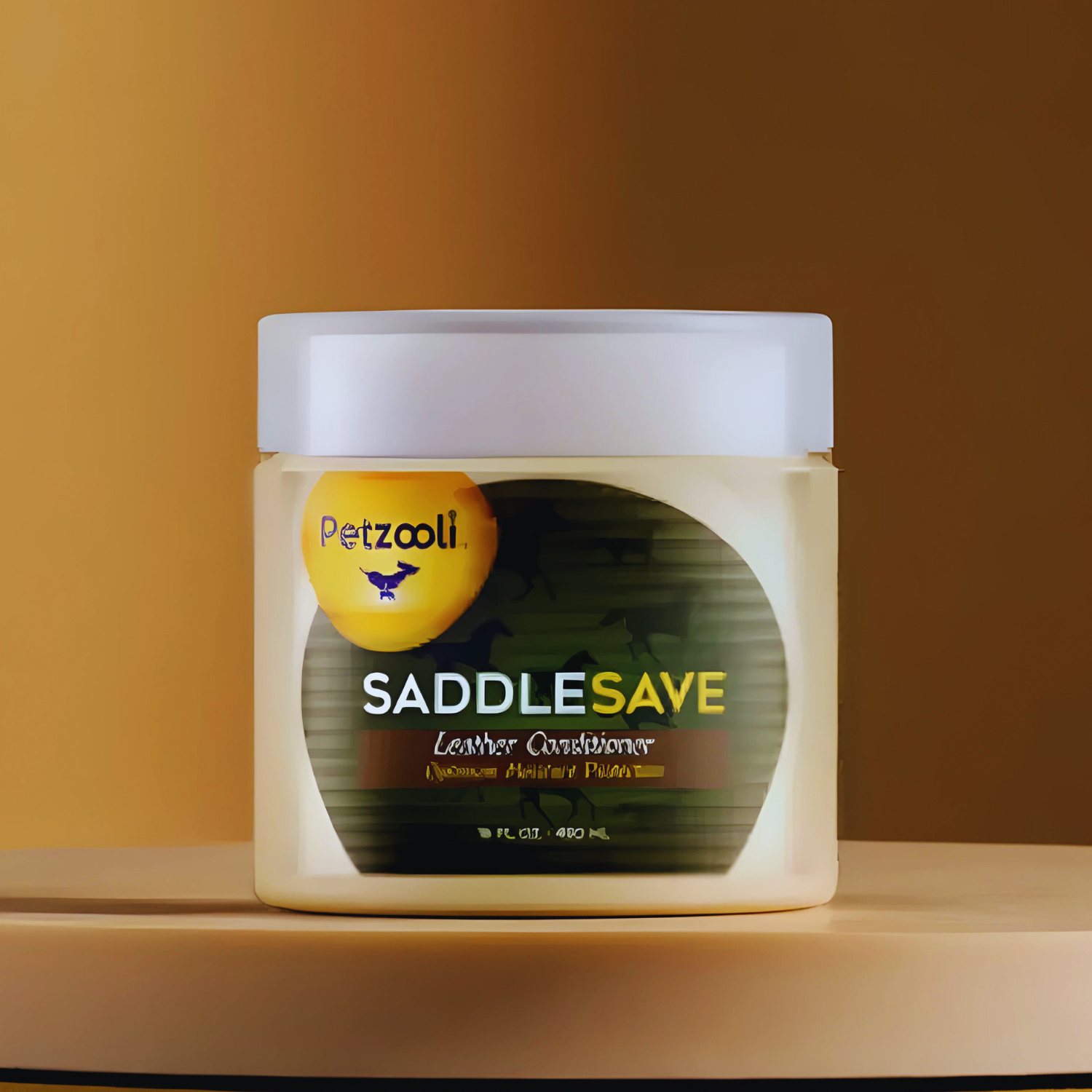
How to Put a Headstall on a Horse: Easy Steps Explained?
Share
When it comes to ensuring your horse is equipped for riding or other activities, knowing how to put a headstall on a horse is crucial. The headstall is a vital piece of tack that holds the bridle and connects to the bit, playing a key role in communication between you and your equine friend. This guide is designed for health-conscious pet owners who want to understand the nuances of horse gear and care.
Putting on a headstall is not just about securing it on the horse; it's about doing it in a way that is comfortable and safe for the animal. Before diving into the steps, its important to gather some basic requirements and understand the anatomy of the headstall to achieve optimal fitting.

Understanding the Importance of a Headstall
A headstall is more than an accessory; its crucial for effective communication during riding and training sessions. Choosing the right headstall can contribute to your horse's comfort and performance. If you're curious about what a headstall involves, you can check out this comprehensive guide on what a headstall is.
Types of Headstalls Available
There are several types of headstalls in the market, including:
- Simple Headstalls: Basic designs for everyday use.
- Western Headstalls: Often used in western riding.
- English Headstalls: Designed for English riding settings.
Knowing the type of headstall that works for your horse is essential for both safety and comfort. You might find it helpful to learn about choosing a bit that compliments your headstall.

Essential Steps to Put a Headstall on Your Horse
Now that you understand the importance of the headstall, here are the easy steps to safely put it on your horse:
Step 1: Gather Your Equipment
Ensure you have all the necessary gear at hand: the headstall, a helmet for yourself, and maybe even a few treats for your horse. This helps create a positive atmosphere.
Step 2: Approach the Horse Calmly
Approach your horse slowly from the side, allowing them to see you. Speak in a calm voice. Horses are sensitive creatures, and a calm demeanor can ease any anxiety.
Step 3: Secure the Horse
Using a halter, securely tether your horse to prevent sudden movements. Ensure the space around you is safe for both you and your horse, minimizing distractions.
Step 4: Prepare the Headstall
Before putting on the headstall, inspect it for any signs of wear. A good headstall should have no frayed edges or broken buckles.
Step 5: Start with the Browband
Hold the headstall by the crown piece and gently slip the browband over your horses ears. Ensure that it sits comfortably, not too tight but secure enough to prevent shifting.
Step 6: Buckle the Chin Strap
Next, bring the crown piece down, and buckle the chin strap under the chin, ensuring its snug but not pinching. An ideal fit should allow for two fingers to fit underneath.
Step 7: Attach Accessories
If youre using a bit, attach it carefully, ensuring that it is correctly positioned in the horses mouth and aligns with the headstall.

Aftercare and Safety Tips
After properly putting on the headstall, ensure to check in with your horse. Pay attention to their comfort and any signs of distress. If your horse seems uncomfortable, it may be wise to readjust or consult a professional for further assistance.
Proper aftercare also includes checking the gear before and after each ride. Regularly inspect both the headstall and bit, especially if you notice behavior changes in your horse. This can prevent discomfort and ensure the hardware remains safe to use.
FAQ Section
1. How tight should a headstall be on my horse?
A headstall should be snug but not overly tight. You should be able to fit two fingers comfortably under the chin strap.
2. What type of headstall is best for a beginner?
A simple, adjustable headstall is ideal for beginners. Its easy to use and less likely to cause discomfort to the horse.
3. Can I put a headstall on a horse thats never worn one?
Yes, but its important to introduce it slowly. Use treats and positive reinforcement to make the experience more comfortable.
For health-conscious pet owners, the better you understand your horse's gear, the better care you can provide! Explore more resources about horse care and maintenance on our website.
If you're looking for horse breed information, check out this informative piece on horse breeds.
As an Amazon Associate, I earn from qualifying purchases.
